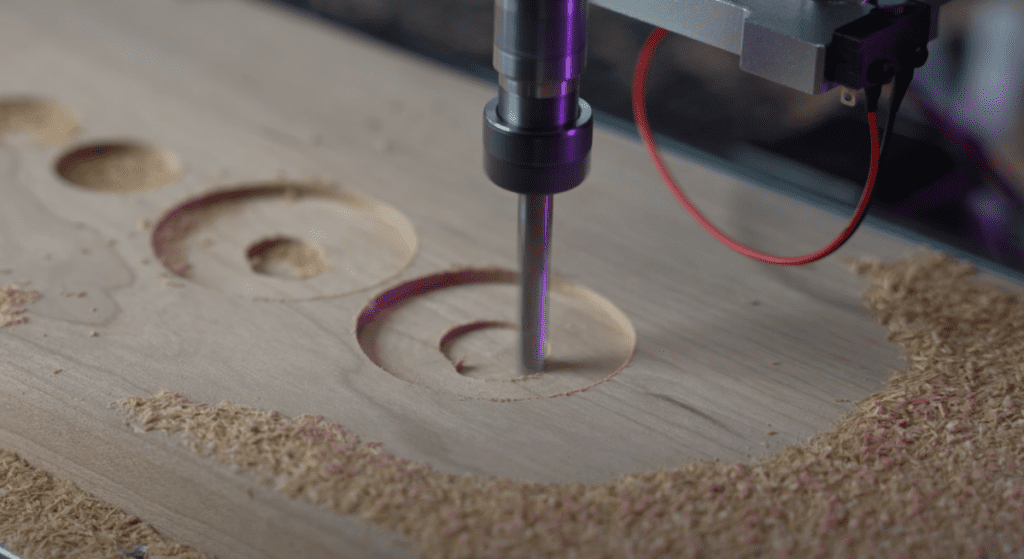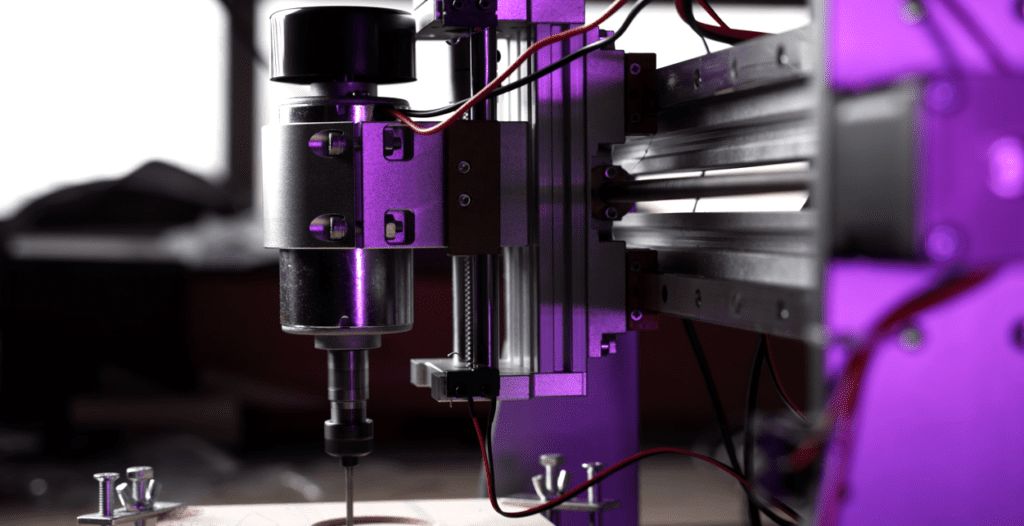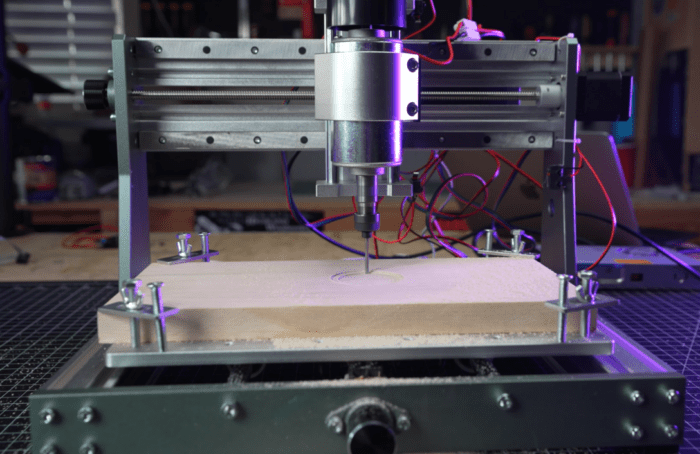Understanding ROI
Return on Investment (ROI) stands at the forefront of any financial decision made by a business. This financial metric evaluates the profitability of an investment relative to its cost, offering a clear view of the potential benefits that might ensue. In simpler terms, ROI helps businesses ascertain whether the money they pour into a particular venture yields a profit that justifies the investment. In the context of Computer Numerical Control (CNC) machines, understanding ROI becomes vital, especially considering the significant capital that these machines often require.
Cost Factors Associated with CNC Machines
Diving into the intricacies of CNC machines, it becomes evident that multiple cost elements influence the overall expenditure. First and foremost, the initial acquisition cost stands out. While the price varies depending on the size, type, and features of the machine, it’s undeniable that a CNC machine typically represents a major capital outlay.
Beyond the upfront expenses, businesses must factor in maintenance costs. Regular servicing, replacing worn-out parts, and unforeseen repairs can accrue over time, contributing to the total cost of ownership. A related, but often overlooked, cost factor pertains to the training required to operate these machines proficiently. Employing skilled operators or investing in training existing staff can significantly influence the economic aspects of CNC.
Yet, it’s not just about expenses. The decision to invest in a CNC machine should also weigh the potential savings. For instance, CNC machines can lead to reduced labor costs due to automation and can increase production capacity, resulting in more units produced in a shorter amount of time. The precision and accuracy of CNC machines also mean fewer errors, leading to decreased wastage and higher-quality output.
Drawing the Economic Picture
Revisiting the concept of ROI, businesses need to juxtapose the cumulative costs against the potential savings and added revenue from a CNC machine. It’s imperative to consider not just the immediate financial implications, but also the long-term prospects. The enhanced efficiency, scalability, and quality offered by CNC machines might lead to increased customer trust, larger orders, and an expanded market share. Thus, while the initial costs might seem steep, the long-term benefits could be substantially rewarding, underlining the economic wisdom of investing in a CNC machine.

Benefits and Revenue Generation from CNC Machines
One cannot underscore the transformative impact of CNC machines on the production floor. The realm of benefits they offer extends far and wide, both in tangible and intangible forms. On the tangible front, the automation and precision of CNC machines drastically reduce manual intervention. This reduction translates to minimized human errors, leading to consistent and high-quality output. Given that uniformity and precision are paramount in industries like aerospace, automotive, and electronics, CNC machines become indispensable assets.
Revenue generation sees a significant boost too. Enhanced production rates mean businesses can take on larger orders and deliver within tight deadlines. The quick turnaround time, combined with quality assurance, often results in customer satisfaction and loyalty, leading to repeat orders and potentially larger contracts. Furthermore, the ability of CNC machines to handle complex designs allows businesses to cater to niche markets, introducing new revenue streams that weren’t previously accessible.
Real-World Examples and Case Studies
The real-world applications and successes of CNC machines stand testament to their economic viability. Consider the automotive industry, where companies like Tesla and General Motors have extensively integrated CNC machining into their production lines. Their ability to produce intricate parts with utmost precision has not only improved the quality of vehicles but has also shortened production times, thereby driving down costs and boosting profitability.
Another compelling case comes from the aerospace sector. Boeing, a global aerospace juggernaut, employs CNC machines in the production of critical aircraft components. The extreme precision required in this industry — often down to a thousandth of an inch — makes CNC machines invaluable. Through their integration, Boeing has managed to maintain stringent quality standards, reduce material waste, and expedite production, leading to significant cost savings and enhanced revenue margins.
These examples, while just the tip of the iceberg, showcase the transformative potential of CNC machines. As industries evolve and the demand for precision and efficiency grows, it’s evident that the role of CNC machines will only become more central, substantiating their ROI for businesses across the board.
Potential Risks and Challenges
Embarking on the CNC journey, businesses may face a myriad of potential risks and challenges. One primary concern is the rapid technological obsolescence. With technological advancements unfolding at a breakneck pace, the risk of a CNC machine becoming outdated or less competitive in just a few years is real. This can lead to situations where the machine’s capacity and functionality might not meet the evolving demands of the industry or specific projects.
Another challenge pertains to dependency. Heavy reliance on a singular, high-tech machine can spell trouble if the machine breaks down or encounters technical glitches. Such downtime can lead to production halts, missed deadlines, and potentially lost contracts, affecting both revenue and reputation.
Then there’s the human aspect. While CNC machines automate processes, they also demand a specific skill set to operate, program, and maintain. The potential dearth of skilled personnel or the challenges in retaining them can become a bottleneck in harnessing the full potential of the CNC machine.

Strategies to Maximize ROI from CNC Machines
Despite the inherent risks, businesses can deploy strategic measures to extract the maximum ROI from their CNC investment. A primary strategy revolves around thorough research and needs assessment. Before making the purchase, it’s vital to understand the specific requirements, ensuring the selected machine aligns with the current and foreseeable future needs of the business. Opting for a machine with modular or upgradable features can help mitigate the risk of technological obsolescence.
Training remains pivotal. Investing in regular training programs ensures that the staff remains updated with the latest techniques, software updates, and best practices. This not only maximizes machine output but also helps in prolonging the machine’s lifespan by ensuring it’s used optimally.
Embracing a preventive maintenance approach can significantly enhance the machine’s longevity and reduce unplanned downtimes. Regular checks, timely part replacements, and software updates can keep the machine running smoothly.
Lastly, diversification can be the key. Rather than relying solely on one machine or one type of CNC machine, diversifying the tools and technologies can offer a safety net. In scenarios where one machine faces issues, others can take the lead, ensuring continuous production.
By addressing the challenges head-on and implementing these strategies, businesses can ensure that their CNC machine investment not only pays for itself but also drives sustained profitability and growth.
